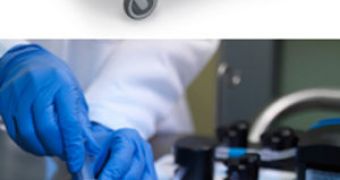Scientists with the San Diego-based Cytori Therapeutics Inc. are currently working on developing a method to use stem cells derived from fatty tissue for helping the heart withstand various type of long-term harm that can develop after a heart attack.
Undergoing such an event is a very hard burden on the heart, which is in essence a large muscle. Experts with the private enterprise believe that the secret to keeping the heart as healthy as possible following a heart attack is to use fat cells.
These tissues can be found around the waist and in other soft areas of the body. Experts want to use it to limit the amount of damage that hearts usually take as arteries get blocked following adverse events.
In the Cytori approach, stem cells harvested from a patient's own fat cells are delivered shortly after a heart attack. A round of clinical trials are scheduled to begin this month in Europe.
Whenever a heart attack takes place, blood vessels in and around the heart are blocked, and the prolonged lack of oxygen is slowly killing off their tissues. What the company plans to do is test to see whether their approach limits this damage before its effects become visible.
In order for the new treatment to work, representatives from the company say, a slurry of stem cells and other regenerative cells harvested from the same patient are injected into that person's main artery less than 24 hours following the heart attack.
“Time is muscle. The quicker you get in, the better. You can't do anything about dead tissue, but tissue that's bruised and damaged – that's revitalizable. If you can get new blood flow in there, that tissue comes back to life,” says Cytori CEO, Christopher Calhoun.
The reason why stem cells are used for this type of regenerative medicine is that they have the potential to turn into any type of cell in the body, depending on needs. Their main function is to repair injuries and replace dying cells.
Using cells harvested from the patients themselves eliminates the risk of rejection, and also the need for doctors to prescribe immunosuppressive medication, Technology Review reports.
“My belief is that you need that mixed population of cells in order for this therapy to be effective. Everybody who is now seeing success with the use of these cells – almost all of them – are using a mixed population,” says Stuart Williams.
The expert holds an appointment as the director of the Cardiovascular Innovation Institute in Louisville, Kentucky. He was not a part of Cytori''s investigation efforts.

 14 DAY TRIAL //
14 DAY TRIAL //